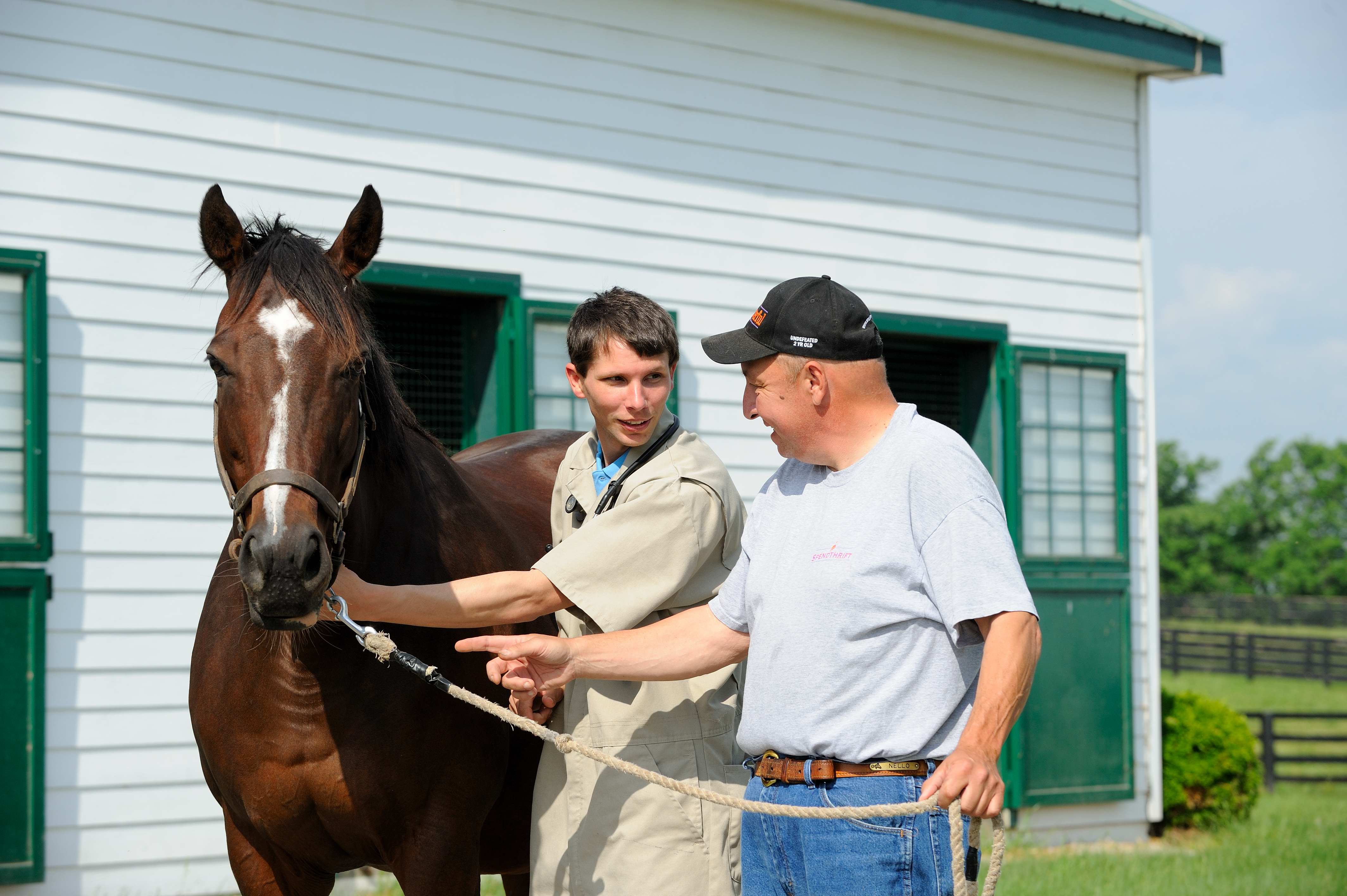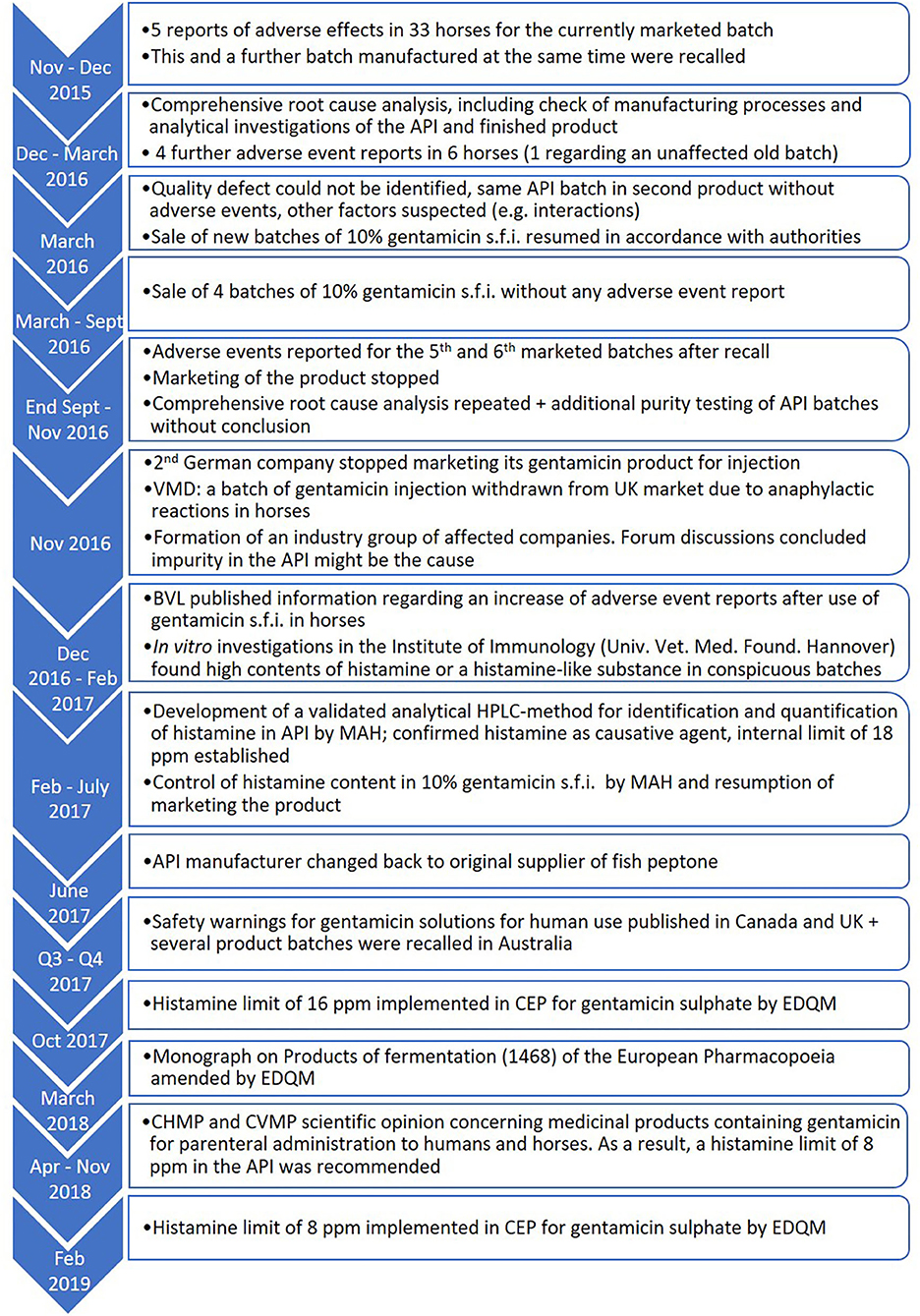When it comes to the calm and care of horses during various procedures, understanding the correct Dormosedan Gel dosage for horses is paramount. This potent sedative gel, specifically designed for equine use, requires precise dosing to ensure the safety and comfort of the animal. The dosage is typically determined by the weight of the horse and the level of sedation required for the procedure at hand.
Understanding the Correct Dosage
Determining the appropriate amount of Dormosedan Gel involves several factors including the horse’s weight, the type of procedure, and the desired level of sedation. The manufacturer’s guidelines suggest a standard dose of 0.018 mg detomidine hydrochloride per pound of body weight. However, it’s critical to consult with a veterinarian to tailor the dose to the horse’s specific needs.
Adjustments Based on Horse’s Weight and Condition
The condition of the horse also plays a significant role in dosage adjustments. For instance, older horses or those with health issues might require a lower dose. Similarly, the horse’s weight is a crucial factor – larger horses will naturally need a slightly higher dose than their lighter counterparts. Always use an accurate scale to determine the weight before calculating the dosage.
Equine Sedation with Dormosedan Gel

Equine sedation is a sensitive process that demands precision and care. Dormosedan Gel, being a powerful horse tranquilizer, is widely used to achieve a calm state in horses undergoing minor procedures or examinations that could cause stress or require them to remain still.
How to Safely Sedate Your Horse
To sedate a horse safely, it is essential to follow the recommended Dormosedan Gel administration guidelines. The horse should be in a calm environment, and the handler should have experience with equine behavior to minimize stress prior to administering the gel.
Equine Sedative Dosage Guidelines
The equine sedative dosage guidelines provided by the manufacturer are a reliable starting point, but they are not a substitute for professional veterinary advice. The vet may recommend a lighter or heavier dosage based on the horse’s overall health, temperament, and the nature of the procedure.
Horse Tranquilizer: Dormosedan Gel Administration

Administering Dormosedan Gel requires an understanding of both the product and the animal. As a sublingual gel, it is absorbed through the mucous membranes under the horse’s tongue, making it crucial for the handler to administer it correctly.
Step-by-Step Guide to Administering Dormosedan Gel
- Wear gloves to prevent self-exposure to the medication.
- Ensure the horse’s mouth is empty of food.
- Remove the cap from the syringe, containing the pre-measured dose.
- Place the syringe beneath the horse’s tongue and dispense the gel.
- Hold the horse’s head slightly elevated for a few moments to ensure absorption.
Dormosedan Gel Safety Precautions
When it comes to Dormosedan Gel safety, several precautions should be taken. Avoid eating, drinking, or smoking while handling the gel. Keep it out of reach of children and animals other than the horse being treated. It’s also important to monitor the horse after administration to ensure the sedative is taking effect without adverse reactions.
The Science of Equine Anesthesia

Equine anesthesia is a complex field, and the development of Dormosedan Gel has provided a reliable option for sedation without the risks associated with general anesthesia. Understanding the clinical pharmacology behind this sedative can aid in its effective use.
Clinical Pharmacology of Dormosedan Gel
The active ingredient in Dormosedan Gel, detomidine hydrochloride, is an alpha-2 adrenergic agonist that induces sedation by depressing the central nervous system. This mechanism of action is why it’s crucial to adhere to the correct dosage and administration practices.
Equine Anesthesia for Different Procedures
Various procedures require different levels of equine anesthesia. For instance, a simple hoof trimming might need a mild sedative effect, while more invasive procedures could necessitate deeper sedation. Therefore, understanding the procedure’s requirements is essential for administering the appropriate dose of Dormosedan Gel.
Dormosedan Gel Effects and Sedation Levels

The effects of Dormosedan Gel are dose-dependent, and achieving the desired level of sedation is a delicate balance. It’s important to be aware of how the drug works to properly monitor the horse’s response.
Onset and Duration of Sedation
The onset of sedation typically occurs within 40 minutes after administration, with effects lasting for up to 180 minutes. During this period, the horse should remain calm and responsive to light stimuli.
Monitoring Sedation Effectiveness
Monitoring is crucial to ensure the effectiveness of the sedation. Signs of adequate sedation include a relaxed demeanor and a reduction in response to external stimuli. If sedation appears too light or too deep, contact your veterinarian immediately.
Horse Sedation for Procedures

When it comes to horse sedation for procedures, Dormosedan Gel is a go-to choice for many veterinarians and horse owners. Its ease of administration and reliable sedation levels make it ideal for a variety of situations.
When to Use Sedative Gel for Horses
The sedative gel is particularly beneficial for short-term procedures such as teeth floating, hoof care, or sheath cleaning. It can also be used for diagnostic procedures where the horse needs to remain immobile, such as during an ultrasound.
Managing Horse Anxiety During Medical Procedures
Managing equine anxiety is vital for the safety of both the horse and the handler. Dormosedan Gel helps to alleviate this anxiety effectively, creating a safer environment for both the medical procedure and the recovery period.
Ensuring Sedative Gel Safety for Horses

Ensuring the safety of sedative gels, particularly Dormosedan Gel, is a top priority when caring for horses. Recognizing the signs of an adverse reaction and being aware of contraindications can prevent potential harm.
Recognizing Adverse Reactions
Adverse reactions to Dormosedan Gel, although rare, can occur. Signs to watch for include excessive sedation, difficulty standing, or changes in heart rate and respiratory function. Immediate veterinary attention is required if any of these symptoms present.
Horse owners know that the proper dosage of medication is crucial for the health and well-being of their equine friends. If you’re looking for guidance on administering Dormosedan Gel, a sedative used for various procedures and handling, you’ll want to ensure you’re giving the right amount. While we don’t have a specific article on Dormosedan Gel dosages, you might find our other dosage guides helpful. Check out our articles on how much Ivermectin to give a horse, how much Penicillin to give a horse, and how much Banamine to give a horse for more information on administering these common equine medications. Remember, always consult with your veterinarian before giving any medication to your horse.
Contraindications and Warnings
Certain conditions may preclude the use of Dormosedan Gel, such as pre-existing heart, liver, or kidney issues. It is also not recommended for pregnant or lactating mares. Always discuss the full medical history of the horse with your veterinarian before choosing to use this sedative gel.
In conclusion, Dormosedan Gel is a highly effective and reliable sedative for horses when used correctly. By understanding the correct dosage and administration techniques, as well as recognizing the signs of adverse reactions and contraindications, horse owners and veterinarians can ensure the safe and humane treatment of horses during various procedures. Always consult with a veterinarian before administering any sedative to ensure the health and wellbeing of the animal.



